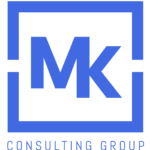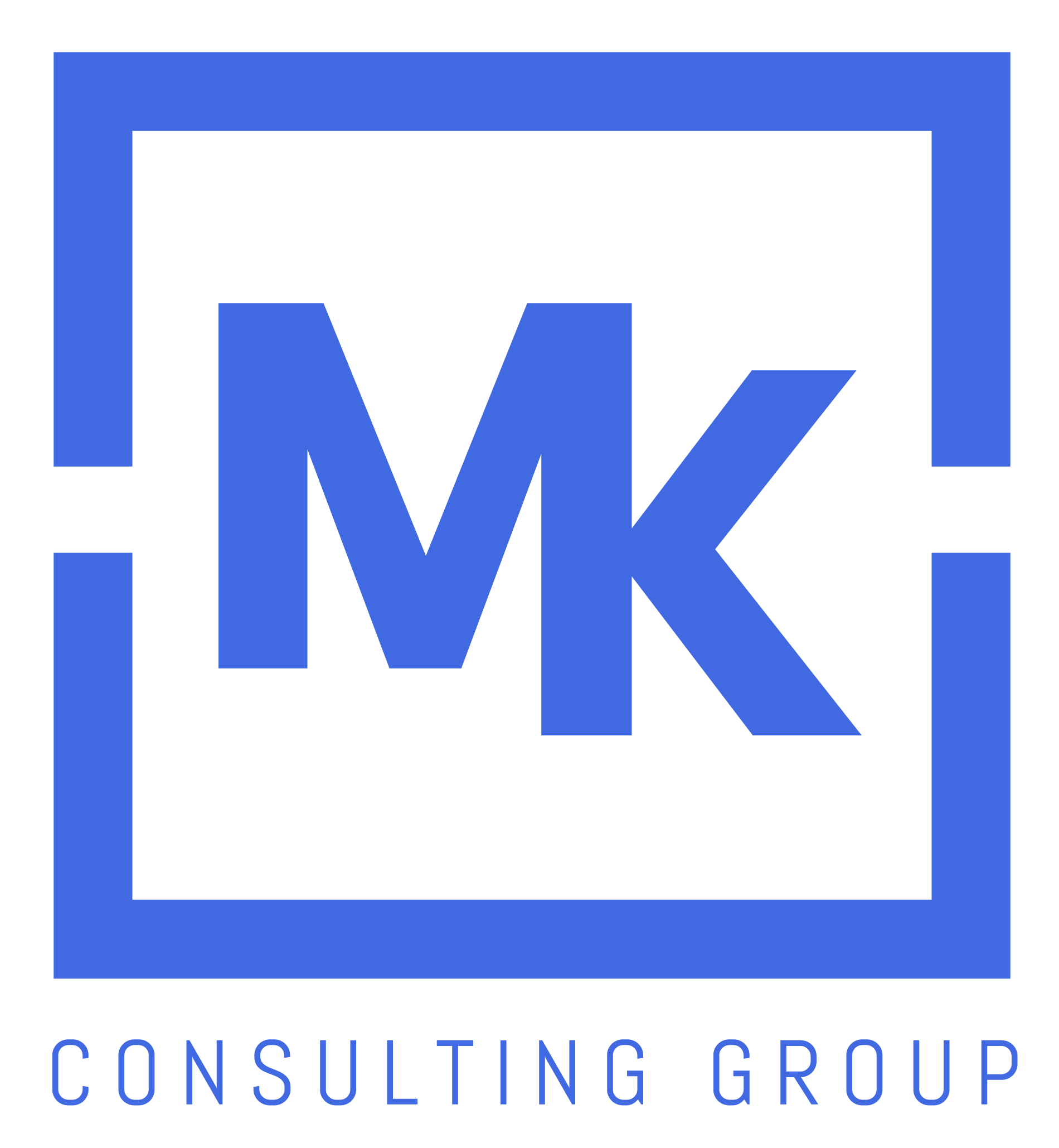When the Federal Reserve hiked interest rates 11 times last year in a bid to control rampant economic inflation, many Top 400 Contractors said they felt those policy changes in the form of project delays, rescopes or outright cancellations. Now, with construction costs at a prolonged high, firms say preconstruction has helped some would-be paused projects stay viable. But in a construction market where demand for resources far outpaces supply, firms say preconstruction has its limits against inflation.
“We believe the economy overall is more robust than the fed anticipated, and we don’t expect significant interest rate reductions this year,” says Anthony Johnson, Clayco executive vice president and president of the contractor’s Industrial Business Unit. The firm is ranked No. 23 on this year’s list.
For a second consecutive year, Top 400 revenue has increased by a double-digit percentage, rising 13.9% to $556.9 billion, from $488.98 billion last year. Median firm revenue is also up 10.9%, to $629.5 million, and of the 375 firms that filed this year and last, 77.3% reported an increase in general contracting revenue, slightly down from 78.9% on last year’s survey.
Yet behind the numbers, firms say there is a tidal shift among owners as they prioritize projects in sectors that will yield larger return on investment with lower short-term risks.
“Interest rate increases have made it challenging for some clients to obtain construction loans,” says Primus Builders Chief Financial Officer Matthew Hott. Although this has not reduced the No. 278-ranked contractor’s backlog, Hott says the delays can affect project starts, “which can move financial activities from one year to the next in some cases,” he adds.
Although the inflation rates are still higher than the Fed’s target average, some contractors are finding cost increases to be “a more manageable and predictable challenge than it was a couple of years ago,” says Clayco’s Johnson. For other contractors, the ability to manage such a challenge depends on the contractor’s ability to adjust already strained labor resources.
Shifting Sectors
As owners shift their attention to opportunities in lower risk sectors, Top 400 revenue numbers illustrate how contractors are following the demand.
From 2022 to 2023, revenue increased in all ENR-tracked sectors, except hazardous waste, which was down 9.7%. The largest growth was seen in manufacturing (up 74.8%), petroleum (up 46.7%), sewer/waste (up 38.8%) and water supply (up 28.6%). The manufacturing market in particular grew exponentially, with total general contracting revenue up 201% from 2021 and 2023. In 2021, 115 Top 400 firms had at least some manufacturing revenue. In 2023, that number increased to 142.
“The manufacturing sector continues to grow, due in no small part to the resurgence of Federal investment in the onshoring and reshoring of advanced manufacturing,” says Deron Brown, president and COO of PCL Construction’s U.S. Operations. “From pharmaceuticals to microchips, almost every sector of manufacturing is growing, creating significant opportunity in the coming years for contractors with the skillset to build new facilities.”
Industrywide, Top 400 contractors say projects funded by the Bipartisan Infrastructure Law (IIJA), CHIPS and the Science Act and Inflation Reduction Act (IRA) are also creating more opportunities.
“In energy for example, government initiatives like the IRA have driven a significant increase in our early phase solutions,” says Ken Gilmartin, CEO of Wood PLC, which is ranked No. 323. “Equally in oil and gas, we have seen significant growth in 2023 as the energy security agenda has increased globally.”
Brown says PCL, which is ranked No. 10, has also seen opportunity growth in water and wastewater infrastructure projects as municipalities comply with new federal standards for the allowable amount of per-and polyfluoroalkyl substances (PFAS) in drinking water.
“As water reuse continues to grow, we’ve seen an increase in investment in advanced water filtration facilities,” says Brown, adding that the firm is in the preconstruction phase of a direct-to-potable facility, which will recycle toilet and shower water into safe drinking water.
In addition to bridge replacement, reconstruction and rehabilitation, S&B USA Chief Commercial Officer Haggai Dror says the contractor is entering new markets such as rail infrastructure and climate resiliency solutions. “These trends are fueled by initiatives like the IIJA and the IRA, and we’re strategically aligning ourselves to seize these opportunities,” he says.
Profitability Pressures
With an abundance of projects in some sectors, Top 400 contractors say other sectors are slowing because they need more owner buy-in to justify the risks.
In the multifamily residential building sector, Wieland CEO Edward Lorenz says the firm has seen many deals delayed or scrapped entirely due to higher interest rates. “These customers must rethink their ROI goals, or raise rents, and rents are already at all-time highs,” he says. The firm is ranked No. 318 this year.
At Dallas, Texas-based MYCON, interest rates hikes have reshaped the sector makeup of its project portfolio as owners shift to sectors that will yield more returns in the short term.
“We are seeing slightly less industrial, but retail is not being weighed down by the current interest rates, and the demand is rapidly growing,” says Chip Myers, partner and vice president at the No. 234-ranked general contractor. “This shift is pushing us towards certain sectors to keep up with the demand.”
He adds, “As we look across the breadth of our markets, we see growing opportunities in energy transition with hydrogen and carbon capture as the industry seeks to diversify.”
Of 314 contractors that reported their profitability status, 97.5% said they made a profit domestically, while 97.1% saw international profits. The median domestic profit margin is 4%, up from 3.2% last year.
But behind the numbers, Top 400 contractors see ongoing pressure to keep projects profitable.
On recent jobs, Clancy & Theys President Baker Glasgow says the firm, ranked at No. 120, faced numerous challenges to manage shifting project schedules, supply chain disruptions and meet labor demands.
There is “too much work out there distressing the trade partners and not allowing them to place adequate resources on projects,” says Glasgow. There’s “also major pressure from owners who have ‘floating’ construction rates that have put their proforma upside down, making it more difficult to get additional general conditions, schedule extensions, etc.”
In an Associated General Contractors of America report on the price of materials and services used in nonresidential construction, chief economist Ken Simonson found that prices for construction inputs have risen faster than contractors’ bids every month in 2024, with an increase of .4% from March to April.
Also, “persistently long lead times for electrical equipment are adding to the cost of many building and infrastructure projects,” says Simonson, with federal policies such as Buy America also poised to “drive up prices for federally aided projects such as highways.”
Even as the country drives toward an energy shift with electric vehicles, Top 400 firms say there is a steep technical learning curve for contractors to get electric infrastructure and manufacturing projects shovel ready, and an even steeper timetable for owners looking for investment returns.
“Automotive suppliers must reconcile government demands for EV products while balancing low consumer demand,” explains Wieland’s Lorenz. “It can create a very (unstable) outlook for our customers.”
Like many Top 400 contractors, “the Inflation Reduction Act and CHIPS Act has resulted in a wave of new projects” for Gray Construction, ranked No. 40, says President and CEO Brian Jones, adding that the firm is seeing “a surge of projects emerge related to electric vehicles, solar panels, and semi-conductors.”

